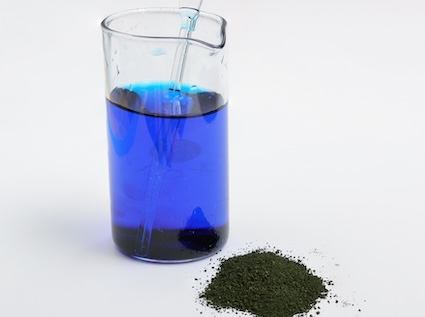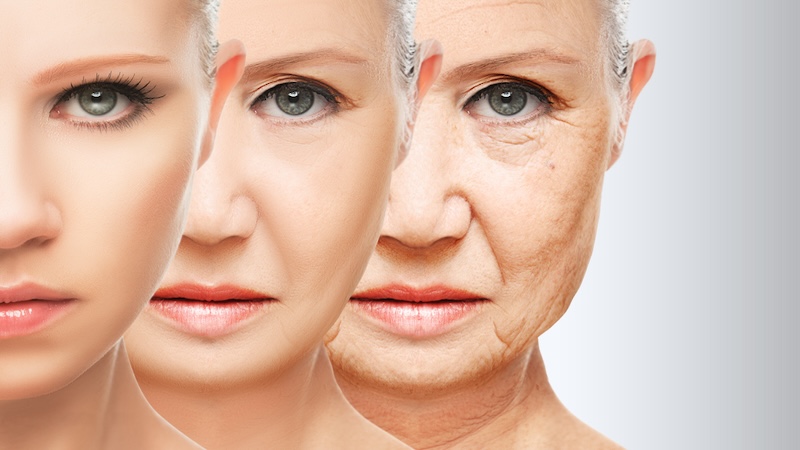Methylene blue has been promoted as an anti-aging product that can increase both lifespan and health span. Does the evidence back that up or is it all hype? Dr. Howard LeWine looks into the supposed fountain of youth.
Question: What is methylene blue and why is it being promoted as an anti-aging remedy?
Answer: Methylene blue is one of the world’s oldest organic dyes. It was first used in 1876 as a textile dye. Within a few years, scientists were using it to stain microorganisms to help diagnose certain infections. At the end of the 19th century, methylene blue was observed to have antiseptic properties and was found to be useful to treat malaria.
Today, the only FDA-approved use for methylene blue is for the treatment of methemoglobinemia, a rare condition that changes hemoglobin in red blood cells so it cannot bind oxygen. This restricts the ability of red blood cells to deliver oxygen throughout the body and causes people to have blue-tinged skin.
Methemoglobinemia is typically caused by exposure to certain medications, chemicals, or recreational drugs. Methylene blue treats the condition by increasing hemoglobin’s oxygen-binding capacity.

Along with a host of supplements, methylene blue continues to be promoted as an anti-aging product with the potential to increase not just lifespan but health span. In addition to slowing aging, other unproven benefits of methylene blue include enhanced memory, improved mood, and reduced risk of cancer and dementia.
The reason for the excitement and promotion of methylene blue as a product to slow aging comes from some basic laboratory research. Cellular aging appears to be linked to declines in mitochondrial function due to oxidative stress and less efficient energy production. Some laboratory experiments on mitochondria show that methylene blue can reduce markers of oxidative damage, improve mitochondrial function, and delay cellular aging.
Methylene blue’s potential to reduce oxidative damage and enhance cellular energy production may also delay or perhaps even improve outcomes in neurodegenerative diseases, like Alzheimer’s disease and Parkinson’s disease. In other basic science research, methylene blue appears to inhibit tau protein aggregation, which could prevent the formation of neurofibrillary tangles. These tangles in brain cells are a hallmark of Alzheimer’s disease.
However, none of these potential positive health benefits have been proven to occur in humans.
Similar to all non-FDA approved supplements, a methylene blue product may contain other ingredients that may be harmful. Industrial-grade or chemical-grade methylene blue, like that sold as a stain or dye, should not be used in humans or animals. Even pharmaceutical-grade methylene blue contains impurities.
Methylene blue has other significant risks. For instance, it is a monoamine oxidase (MAO) inhibitor, a type of drug used to treat depression. It’s also structurally similar to tricyclic antidepressants. This is likely why it’s been touted as a nonprescription alternative to improve mood and fight depression. But if a person is already taking certain antidepressants such as fluoxetine (Prozac) or duloxetine (Cymbalta), and adds methylene blue to their routine, it can result in a dangerous reaction.
Howard LeWine, M.D., is an internist at Brigham and Women’s Hospital in Boston and assistant professor at Harvard Medical School. For additional consumer health information, please visit www.health.harvard.edu.
©2025 Harvard University. For terms of use, please see https://www.health.harvard.edu/terms-of-use. Distributed by Tribune Content Agency, LLC.
Read more articles on healthy aging on Seniors Guide:
Longevity and Anti-Aging Science




